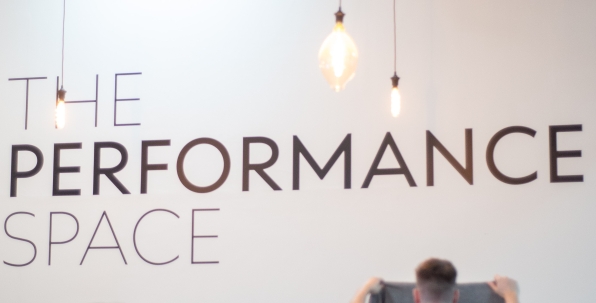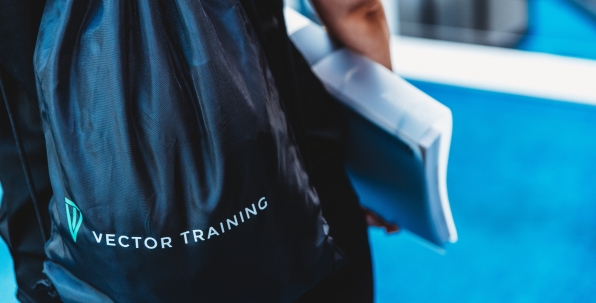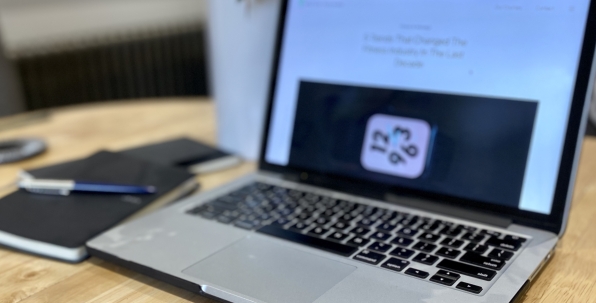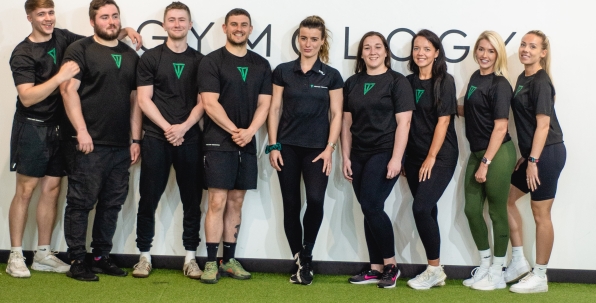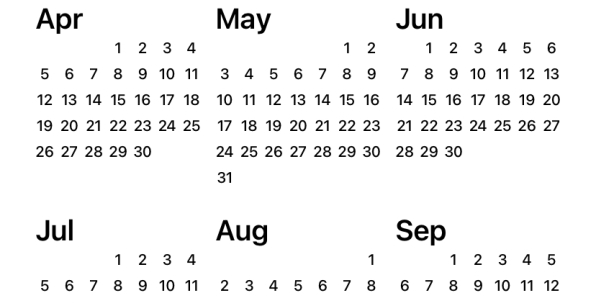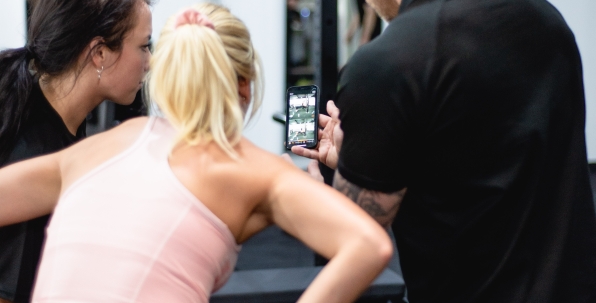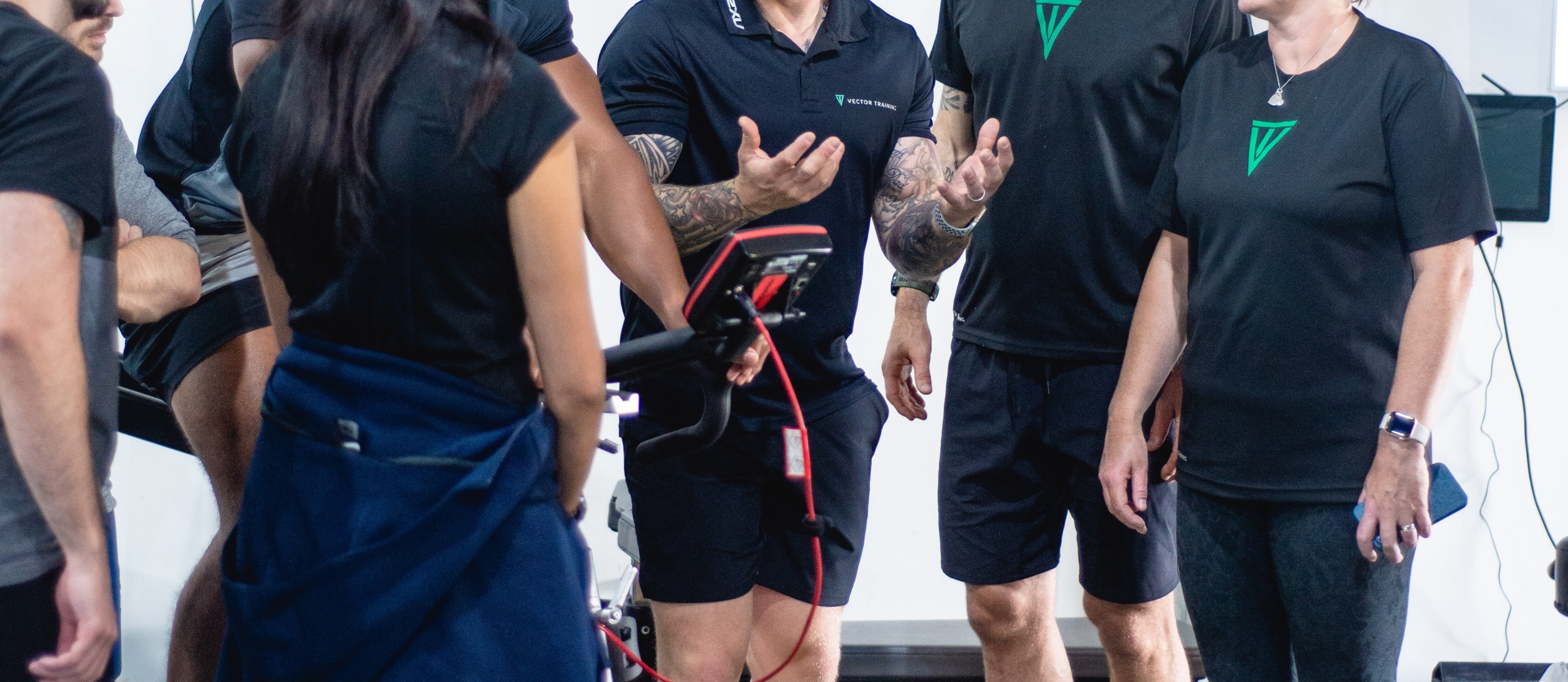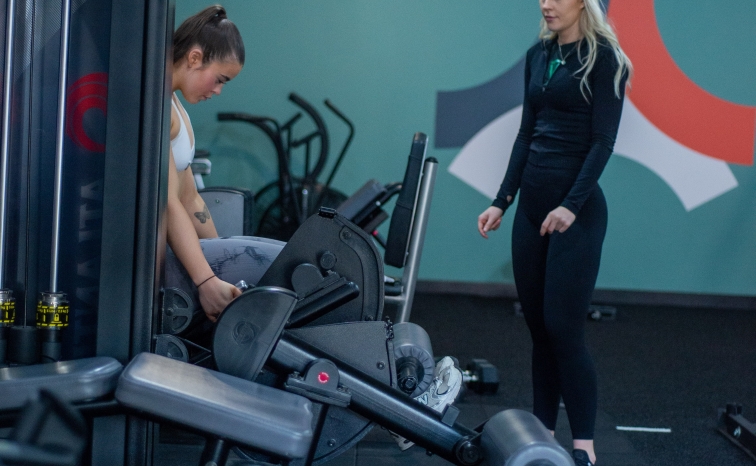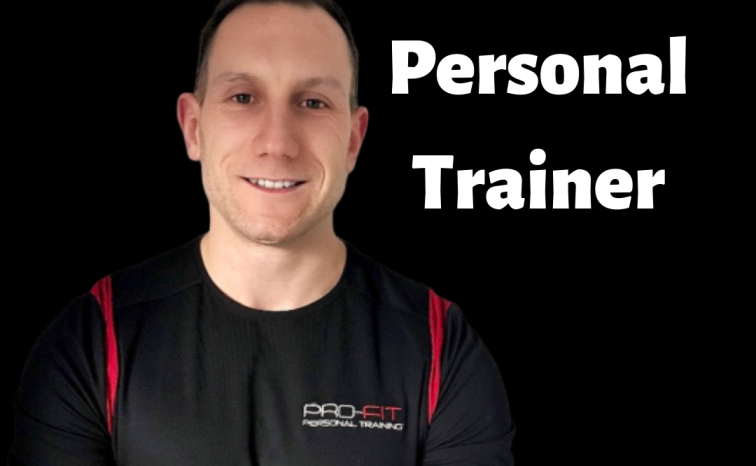What do you learn on a personal training course?
There are a number of different awarding bodies that a training provider can use to certify their learners as personal trainers. All having slightly different materials and course units to complete.
At Vector, we use Active IQ qualifications who are renowned for being the most respected awarding body in the UK for fitness and personal training qualifications.
We deliver the latest Personal Training Diploma, which includes holistic assessments, meaning some of your unit assessments will be completed together in one type of assessment during the course.
Below we have provided an overview on the course by breaking down each unit and outlining the core knowledge you will develop.
Unit 1: Applied anatomy and physiology for exercise, health and fitness
The aim of this unit is for learners to recognize and understand each of the anatomical systems and how they relate to the physiological functions associated with exercise, health and fitness.
This includes the CV system, skeletal system, myofascial system, nervous system, endocrine system, energy system and the digestive system.
This unit builds on from the foundational knowledge learners will have developed during their level 2 qualification (either gym instructing or fitness instructing courses). This unit goes into scientific detail across a number of topics and teaches learners how exercise affects each system in the body.
Assessment
Unit 1 is assessed by an externally set multiple choice question theory paper (MCQ).
This unit will also be assessed as part of the holistic assessments that include: Case study, consultation, personal training session, personal training worksheet, and personal training self-evaluation and reflective practice worksheet.
Unit 2: The principles of nutrition and their application to exercise and health
The aim of this unit is to understand and apply the underpinning principles of nutrition, the current guidelines for eating a healthy, balanced diet and the additional nutrient requirements for active individuals.
This unit covers a range of topics within nutrition and its relation to physical activity, exercise and health. By the end of this unit learners will understand how to access credible information, know common nutritional terms, know nutrients required to maintain health, understand evidence based nutritional guidelines, know how nutrients from foods are used to fuel and recover from activity, how to estimate daily energy and nutrient requirements for clients with different goals.
During this unit learners will also know the risks associated with poor nutritional and lifestyle practices, know the nutritional considerations for different groups, be able to analyse clients’ dietary habits and identify areas for improvement, and they will be able to apply nutritional principles when developing exercise and lifestyle programmes for clients.
Although this covers a whole range of nutritional principles, it is important to note that this does not qualify learners as nutritionists. Personal trainers need to understand how nutrition impacts exercise and health, however to give certified nutritional advice, trainers will need to continue their learning and complete a specific nutrition qualification.
Assessment
Unit 2 is assessed by an externally set multiple choice question theory paper (MCQ).
This unit will also be assessed as part of the holistic assessments that include: Case study, consultation, personal training session, personal training worksheet, and personal training self-evaluation and reflective practice worksheet.
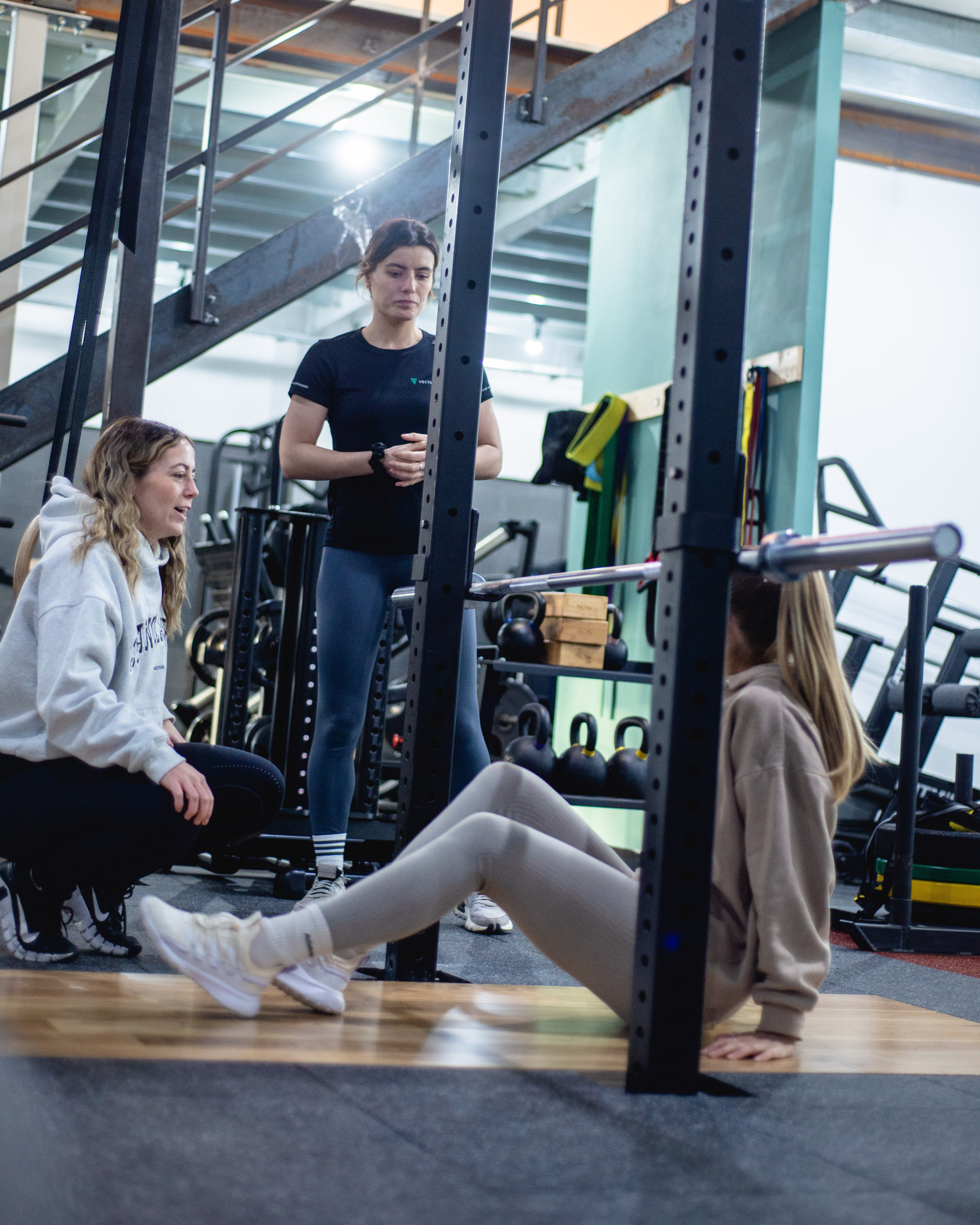
Unit 3: Lifestyle, health, wellbeing and common medical conditions
Unit 3 is a shorter unit in comparison to unit 1 and 2. The aim of this unit is to understand the different factors and common medical conditions that can affect a client’s health and wellbeing and the impact these may have on the success of a behavioural change programme.
By the end of this unit, learners will understand how lifestyle factors affect a client’s health and wellbeing, commonly occurring medical conditions and how they may impact a client’s lifestyle, and understand how to risk-stratify and when to refer clients with common medical conditions.
Assessment
This unit is assessed via an assignment – an infographic and educational information hand-out.
This unit will also be assessed as part of the holistic assessments that include: Case study, consultation, personal training session, personal training worksheet, and personal training self-evaluation and reflective practice worksheet.
Unit 4: Encouraging positive health and fitness behaviours in clients
This unit aim is for learners to understand and be able to utilise a range of methods that can encourage positive health and fitness behaviours in clients.
This unit covers a range of topics, from communication skills to monitoring and interpreting client data. Learners will understand techniques used to effectively communicate and engage with clients, techniques to support clients making lifestyle behaviour changes, how to create positive environments for clients, how to collect health and fitness assessment data, as well as understanding how technological advancements can help clients increase their activity levels and stay motivated.
Assessment
Unit 4 is assessed via a written assignment – recommending the use of technology to clients.
This unit will also be assessed as part of the holistic assessments that include: Case study, consultation, personal training session, personal training worksheet, and personal training self-evaluation and reflective practice worksheet.
Unit 5: Programme design and delivery for personal trainers
Unit 5 aims for learners to be able to devise safe and effective progressive personal training sessions, for a range of different clients, by working within their scope of practice and applying the principles of programme design.
Although there are practical elements in each unit, this unit does allow for large sections of practical learning on the gym floor. When completing this unit, learners will understand the principles of safe programme design, the principles of periodization, how to integrate alternative environments into sessions, know the considerations for planning and delivering group personal training sessions, and understand the scope and professional boundaries of a personal trainer.
During this unit, learners will develop their practical delivery skills by learning how to monitor clients and adapt programmes during a session, how to encourage and motivate clients, and how to review client progress and satisfaction.
Assessment
This unit is assessed via a practical observation on the gym floor – training techniques.
This unit will also be assessed as part of the holistic assessments that include: Case study, consultation, personal training session, personal training worksheet, and personal training self-evaluation and reflective practice worksheet.
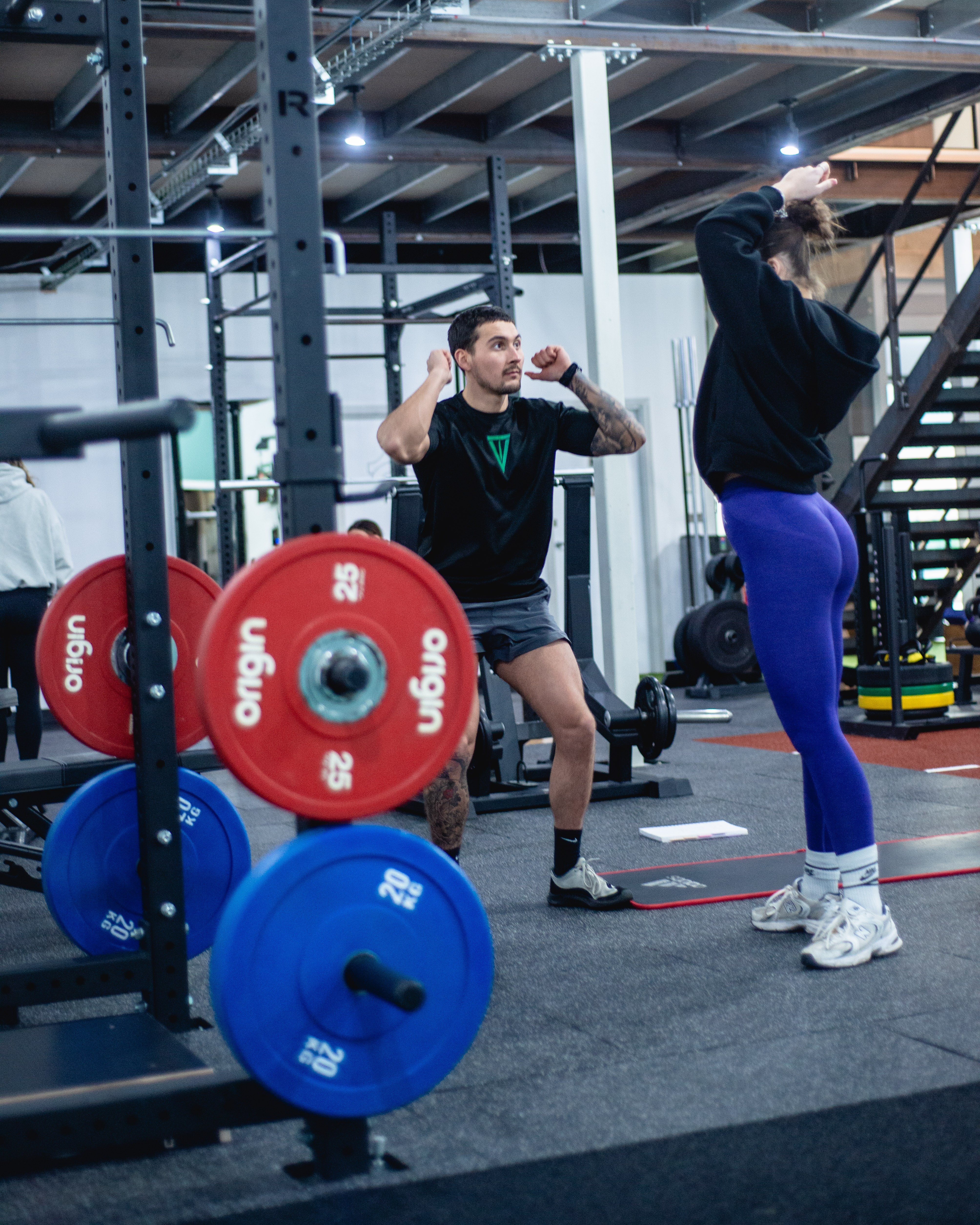
Unit 6: Professionalism and business acumen for personal trainers
The aim of this unit is for learners to understand the legal, professional, operational and business-related knowledge and skills essential to personal trainers working in a self-employed capacity or as part of a larger organisation.
This is a new unit included in the updated diploma and is a great addition. This unit helps learners understand the business side of personal training and helps prepare them for fundamental parts of a career in the fitness industry.
By the end of this unit learners should understand the legal and professional requirements for a personal trainer, understand health and safety, the requirements of a self-employed individual, and the legal and professional requirements for the management of personal information and records.
This unit also develops learners understanding of marketing techniques and how to close a sale. Learners will understand how to set budgets and manage their finances, as well as monitoring and interpreting business data from a range of current IT applications.
Assessment
This unit is assessed via an assignment – developing a new personal training business. This involves creating a business plan and idea.
This unit will also be assessed as part of the holistic assessments that include: Case study, consultation, personal training session, personal training worksheet, and personal training self-evaluation and reflective practice worksheet.
PT toolkit
In addition to the unit materials, our learners receive a PT toolkit as part of their programme.
This has been developed by Active IQ to compliment learning resources and provides great pieces of information on a range of PT essentials in the course, from risk stratification models and screening measurements to specific exercise delivery techniques and their safety points.
Course extras
In addition to the course units, some providers will add their own content into the course or may tweak how the course is delivered.
At Vector, we try to go beyond the qualification and provide additional content to ensure our learners are industry ready when they qualify.
Our learners are provided a Myzone belt as part of their enrolment and learn how to embed and use wearable technology in their future PT businesses.
Vector learners will also qualify with the official Wattbike workshop in their toolkit.
Because we deliver many more in person training days compared to the minimum that many other providers deliver, we are able to provide course extras and more time on the gym floor so our learners can really develop their practical knowledge and application.

